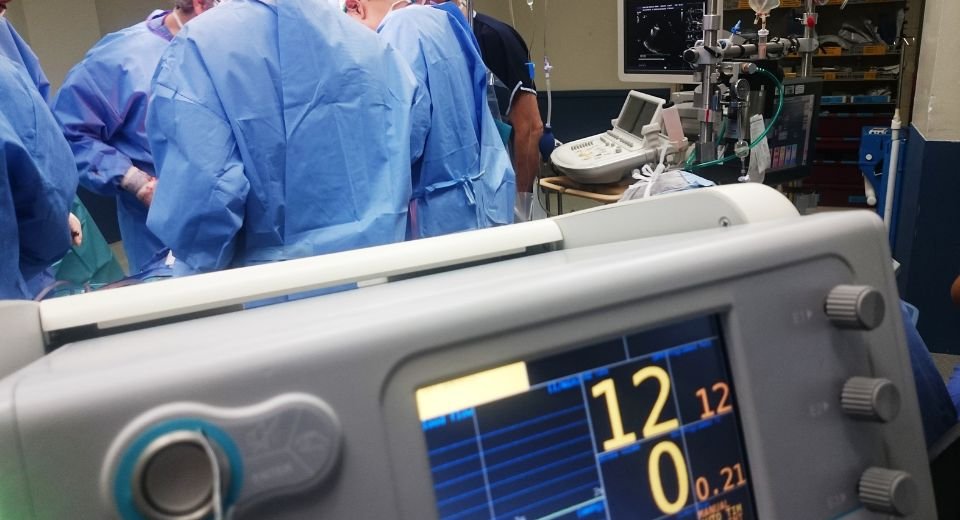HQ Team
September 14, 2023: Every year about three million deaths occur globally due to unsafe healthcare and an estimated one in every 10 patient experience harm in healthcare facilities, according to the WHO.
“Patient safety is a collective responsibility,” Dr Tedros Adhanom Ghebreyesus, WHO Director-General said at a global conference on patient safety rights held at Geneva, according to a WHO statement.
“Health systems must work hand-in-hand with patients, families, and communities, so that patients can be informed advocates in their own care, and every person can receive the safe, dignified, and compassionate care they deserve.
“Because if it’s not safe, it’s not care.”
The patients’ safety rights charter outlines the core rights of all patients in the context of the safety of healthcare and seeks to assist governments and other stakeholders to ensure that the voices of patients are heard and their right to safe healthcare is protected.
‘First, do no harm’
Patient safety is an ethical and moral imperative grounded in the healthcare principle ‘First, do no harm!,’ which lies at the heart of efforts to ensure high-quality healthcare systems and achieve universal health coverage, according to the WHO.
Most of the patient harm is preventable, and the engagement of patients, families and caregivers is one of the most important strategies for reducing harm. This requires a paradigm shift from care designed for patients to care designed for patients, their families and caregivers.
At the conference, the WHO unveiled two new resources to support key stakeholders in implementing the involvement of patients, families and caregivers in the provision of health care.
Patient stories, which is one of the most effective mechanisms for driving improvements in patient safety, the WHO’s storytelling toolkit will guide patients and families through the process of sharing their experiences, especially those related to harmful events within health care.
The Global Knowledge Sharing Platform, created as part of a strategic partnership with SingHealth Institute for Patient Safety and Quality Singapore, supports the exchange of global resources, best practices, tools and resources related to patient safety, acknowledging the pivotal role of knowledge sharing in advancing safety.
Global Patient Safety Action Plan
“Patient engagement and empowerment is at the core of the Global Patient Safety Action Plan 2021–2030,” said Dr Neelam Dhingra, head of the WHO Patient Safety Flagship.
“It is one of the most powerful tools to improve patient safety and the quality of care, but it remains an untapped resource in many countries and the weakest link in the implementation of patient safety measures and strategies. With this World Patient Safety Day and the focus on patient engagement, we want to change that.
According to the interim results of the 2023 survey of WHO Member States on the implementation of the global patient safety action plan, only 13% of responding countries have a patient representative on the governing board (or an equivalent mechanism) in the majority of their hospitals.
The survey also highlighted the income-based implementation gap, with good practices largely concentrated in higher-income countries.
